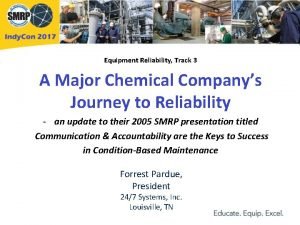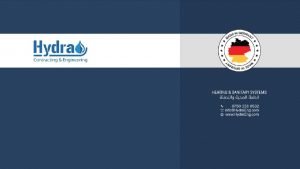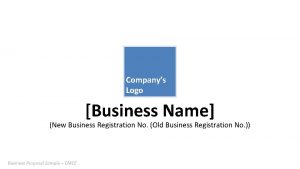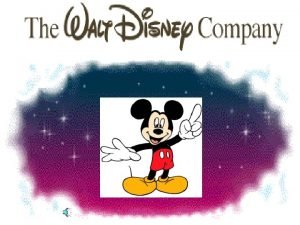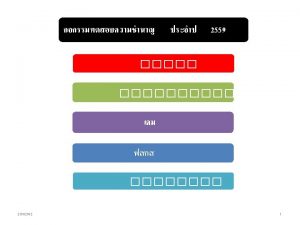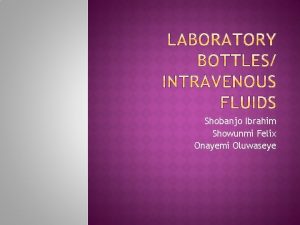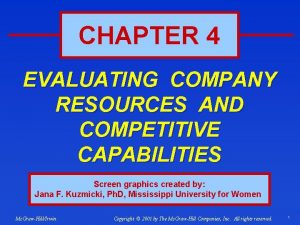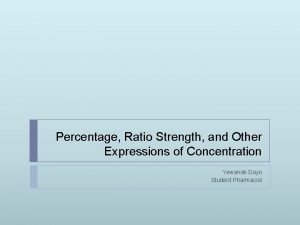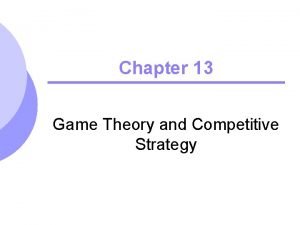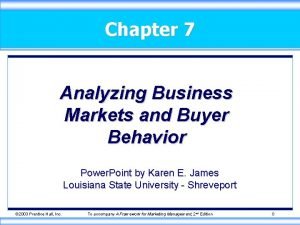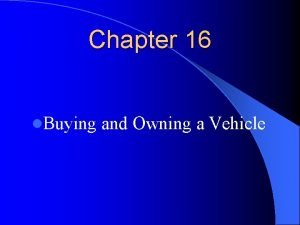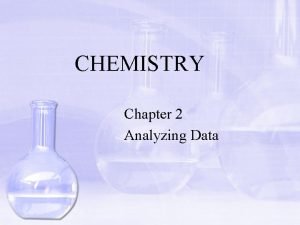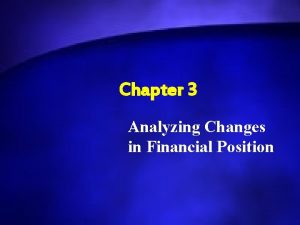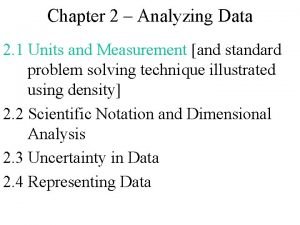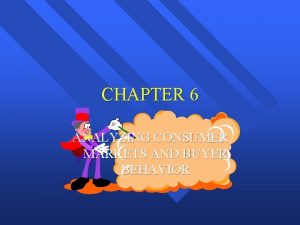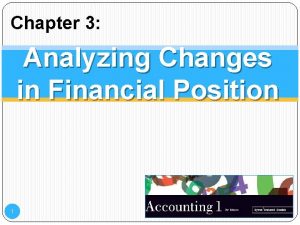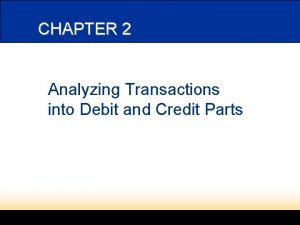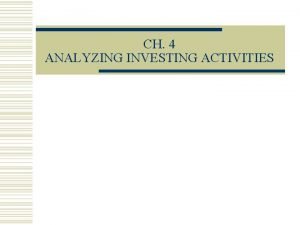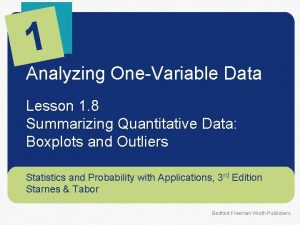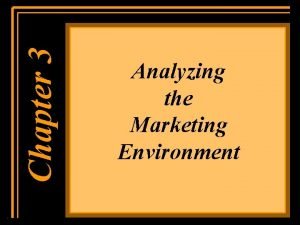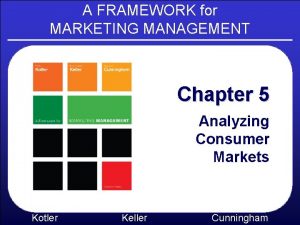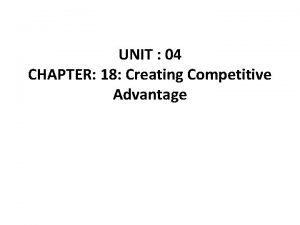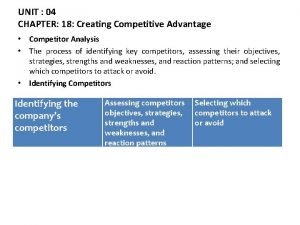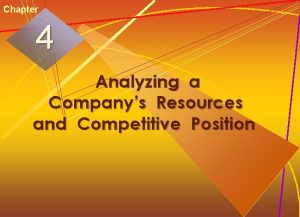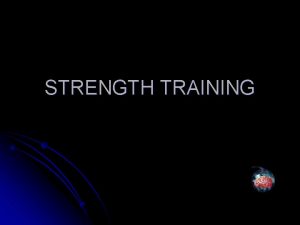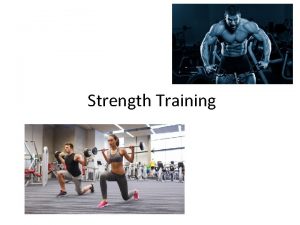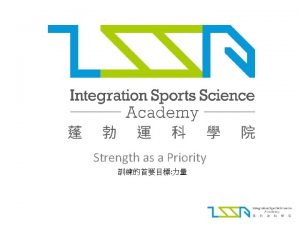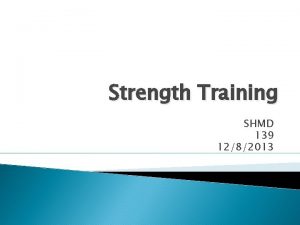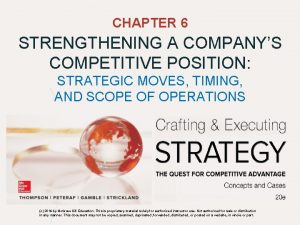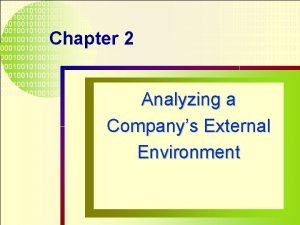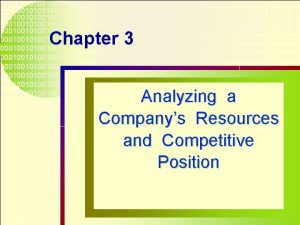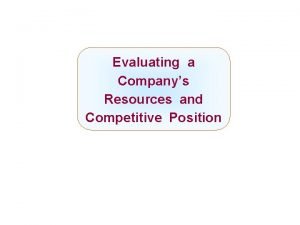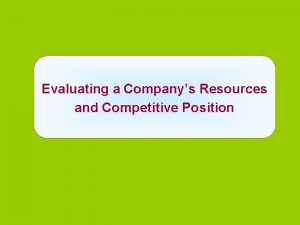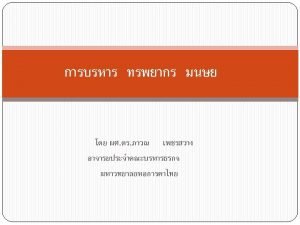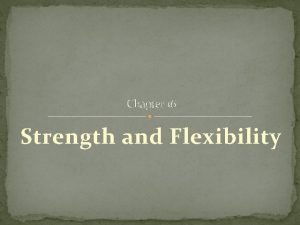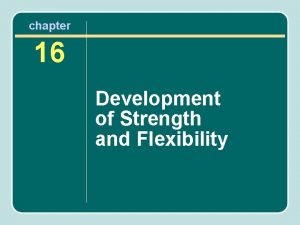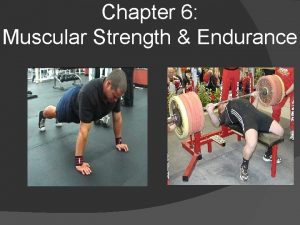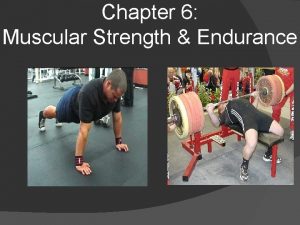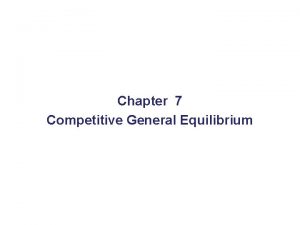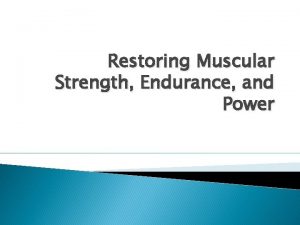Chapter 5 Analyzing a Companys Competitive Strength and































- Slides: 31

Chapter 5 Analyzing a Company’s Competitive Strength and Cost Structure Mc. Graw-Hill/Irwin Copyright © 2009 by The Mc. Graw-Hill Companies, Inc. All rights reserved. 1 -1

Key Questions in Situation Analysis § Question 1: How well is the company’s strategy working? § Question 2: What are the company’s resource strengths and weaknesses and its external opportunities and threats? § Question 3: Are the company’s prices and costs competitive? § Question 4: Is the company competitively stronger or weaker than key rivals? § Question 5: What strategic issues and problems merit front-burner managerial attention? 5 -2

Situation Analysis Question 1: How Well is the Company’s Strategy Working? 1. Is the company achieving its financial and strategic objectives? 2. Is the company an above-average industry performer? 5 -3

Performance Indicators § § § Trends in sales and earnings growth Trends in the company’s stock price The company’s overall financial strength The rate at which new customers are acquired Image and reputation with customers Evidence of improvement in internal processes such as defect rate, order fulfillment, and days of inventory 5 -4

Situation Analysis Question 2: The Company’s Strengths, Weaknesses, Opportunities and Threats § S W O T represents the first letter in ü Strengths ü Weaknesses ü Opportunities ü Threats § For a company’s strategy to be wellconceived, it must be ü Matched to its resource strengths and weaknesses ü Aimed at capturing its best market opportunities and defending against external threats to its wellbeing 5 -5

Identifying Resource Strengths and Competitive Capabilities § Common types of resource strengths include ü Skills or specialized expertise in a competitively important capability ü Valuable physical assets ü Valuable human assets or intellectual capital ü Valuable organizational assets ü Valuable intangible assets ü Competitively valuable alliances or cooperative ventures 5 -6

Identifying Resource Weaknesses and Competitive Deficiencies § A weakness is something a firm lacks, does poorly, or a condition placing it at a disadvantage in the marketplace § Resource weaknesses relate to ü Inferior or unproven skills, expertise, or intellectual capital ü Deficiencies in competitively important physical, organizational, or intangible assets ü Missing or competitive inferior capabilities in key areas 5 -7

Identifying a Company’s Market Opportunities § Opportunities most relevant to a company are those offering ü Good match with its financial and organizational resource capabilities ü Best prospects for growth and profitability ü Most potential for competitive advantage 5 -8

Identifying External Threats to Profitability and Competitiveness § § § Entry of lower-cost foreign competitors Burdensome regulations Rise in interest rates Potential of a hostile takeover Unfavorable demographic shifts Adverse shifts in foreign exchange rates 5 -9

Situation Analysis Question 3: How Competitive Are the Company’s Prices and Costs? § Assessing whether a firm’s costs are competitive with those of rivals is a crucial part of company situation analysis § Key analytical tools ü Value chain analysis ü Benchmarking 5 -10

Company Value Chain 5 -11

Developing Data to Measure a Company’s Cost Competitiveness § After identifying key value chain activities, the next step involves determining costs of value chain activities using activity-based costing § Appropriate degree of disaggregation ü Depends on the number of broad categories of primary and support activities ü Requires finer classifications if problematic cost disadvantages exist 5 -12

Activity-Based Costing 5 -13

Benchmarking Costs of Key Value Chain Activities § Focuses on cross-company comparisons of how certain activities are performed and costs associated with these activities ü Purchase of materials ü Payment of suppliers ü Getting new products to market ü Performance of quality control ü Filling and shipping of customer orders 5 -14

Industry Value Chain 5 -15

Vertical Integration: Operating Across More Industry Value Chain Segments § Extend a firm’s competitive scope within the same industry üBackward into sources of supply üForward toward end-users of final product § Can aim at either full or partial integration 5 -16

Advantages of a Vertical Integration Strategy § Strengthen the firm’s competitive position § Boost profitability üMust achieve same scale economies as outside suppliers üMatch or beat suppliers’ production efficiency with no drop-off in quality 5 -17

Integrating Forward to Enhance Competitiveness § Gain better access to end users § Improve market visibility § Include the purchasing experience as a differentiating feature 5 -18

Disadvantages of a Vertical Integration Strategy § Boosts capital investment in the industry § Increases business risk if industry growth and profits sour § May slow technological advances if the vertically integrated company is saddled with older technology § Poses all types of capacitymatching problems § May require radically different skills and business capabilities 5 -19

The Case for Outsourcing § Activity can be performed better or more cheaply by outside specialists § Activity is not crucial to achieve a sustainable competitive advantage § It improves firm’s ability to innovate § Firm can concentrate on core value chain activities and leverage its resource strengths 5 -20

Building a Competitively Superior Value Chain § There are three main areas of a company’s overall value chain where cost differences occur 1. Activities performed by suppliers 2. A company’s own internal activities 3. Activities performed by forward channel allies 5 -21

Correcting Internal Cost Disadvantages § Implement best practices throughout the company § Try to eliminate some cost-producing activities altogether by revamping value chain § Relocate high-cost activities to lowercost geographic areas § See if high-cost activities can be outsourced 5 -22

Correcting Internal Cost Disadvantages § Invest in productivity enhancing, costsaving technology § Find ways to detour around activities or items where costs are high § Redesign the product or its components to reduce manufacturing costs § Make up difference by achieving savings in backward or forward portions of value chain system 5 -23

Correcting Supplier-Related Cost Disadvantages § Pressure suppliers for lower prices § Switch to lower-priced substitutes § Collaborate closely with suppliers to identify mutual cost-saving opportunities § Integrate backward into business of high-cost suppliers 5 -24

Correcting Cost Disadvantages Associated With Forward Channel Allies § Pressure dealer-distributors to reduce their costs § Work closely with forward channel allies to identify win-win opportunities to reduce costs § Change to a more economical distribution strategy ü Switch to cheaper distribution channels ü Integrate forward into company-owned retail outlets 5 -25

Developing a Best Cost Advantage § Companies that do a first rate job of managing value chain activities relative to competitors can achieve a Best Cost Advantage 5 -26

Developing a Best Cost Advantage § Best Cost Provider Strategies yield unique industry positioning by exceeding buyers’ expectations for differentiating features and low prices § Contingent on üA superior value chain configuration üUnmatched efficiency in managing value chain activities 5 -27

Situation Analysis Question 4: What Is the Company’s Competitive Strength? § Overall competitive position involve answering two questions ü How does a company rank relative to competitors on each industry key success factor? ü Does a company have a net competitive advantage or disadvantage vis-à-vis major competitors? 5 -28

Competitive Strength Assessments 5 -29

Interpreting the Competitive Strength Assessments § Shows how firm stacks up against rivals, measure-by-measure § Indicates whether firm is at a competitive advantage or disadvantage against each rival § Identifies possible offensive strategies that can be waged against rivals’ weaknesses § Identifies the need for defensive actions to correct competitive weaknesses 5 -30

Situation Analysis Question 5: What Strategic Issues Must be Addressed by Management? § Final and most important analytical step in assessing “Where are we now? ” § Based on results of both industry and competitive analysis § Pinpointing the precise things that should be on management’s “worry list”? 5 -31
 Chapter 5 competitive rivalry and competitive dynamics
Chapter 5 competitive rivalry and competitive dynamics Competitive antagonist
Competitive antagonist Chemical companys
Chemical companys Plumbing companys
Plumbing companys Names of companys
Names of companys Movie companys
Movie companys Microsoft companys
Microsoft companys Market structure from most competitive to least competitive
Market structure from most competitive to least competitive Steel bar
Steel bar Half strength darrow's
Half strength darrow's Competitive strengths assessment
Competitive strengths assessment Weighted competitive strength assessment
Weighted competitive strength assessment Percentage strength w/v
Percentage strength w/v Ratio strength
Ratio strength Analyzing transactions in accounting
Analyzing transactions in accounting Chapter 13 game theory and competitive strategy
Chapter 13 game theory and competitive strategy Analyzing business markets
Analyzing business markets Analyzing changes in financial position answers
Analyzing changes in financial position answers Chapter 16 responsibilities of owning a vehicle
Chapter 16 responsibilities of owning a vehicle Chapter 2 analyzing data
Chapter 2 analyzing data Chapter 3 analyzing changes in financial position answers
Chapter 3 analyzing changes in financial position answers Chapter 2 analyzing data answer key
Chapter 2 analyzing data answer key Situational audience analysis
Situational audience analysis Analyzing consumer markets chapter 6
Analyzing consumer markets chapter 6 Chapter 3 analyzing changes in financial position answers
Chapter 3 analyzing changes in financial position answers 2. part two—analyzing the effect of transactions
2. part two—analyzing the effect of transactions Analyzing investing activities
Analyzing investing activities Analyzing one variable data
Analyzing one variable data The most dramatic force shaping our destiny is
The most dramatic force shaping our destiny is Chapter 5 analyzing the marketing environment
Chapter 5 analyzing the marketing environment Value creation strategy
Value creation strategy Competitor centered company
Competitor centered company


